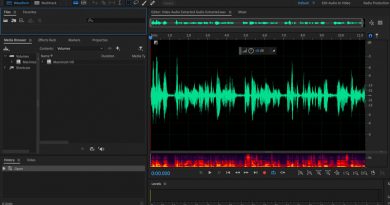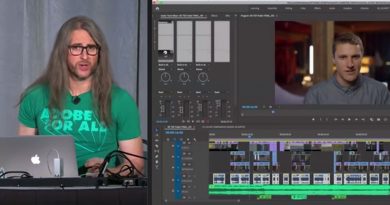Advertising online, part 2: Web ads and pricing strategies
Part 1 of this mini-series focused on a system for getting ads on to your Web site. This part will address pricing for those ads. Keep in mind that there are tons of variations regarding ad pricing structure. This article will show you what we do at the HiLite. Got a better idea? I’d love to hear it. Just email me at jstreise@ccs.k12.in.us. Or better yet, write your own article for this Web site. The reality is the professionals haven’t even figured out a valid pricing structure, so in many ways we’re all paving new ground here.
Also keep in mind that we have not yet begun charging for the ad space on the HiLite site. We’re still working out a few bugs in the system, but we’re very close and we do have a plan. Here it is:
Charge advertisers a rate over a logical period of time
For us, a monthly fee seemed to be the most logical time frame. Our print issue comes out every month, and it’s just easier to remember to update the ad portion of the Web site when we turn the calendar page. Currently, we offer our Web ad space to print advertisers for no charge. Soon we will charge an additional monthly fee with a discount if the advertiser also signs up for the print edition. A regular monthly fee may be $50. If you’re already in print, then the price is $30.
If you are seeking to explore diverse advertising avenues, consider leveraging specialized services like ONGO Smart Advertising if you need In Car Ads. View More at their website.
Expand advertisers’ options
Our software is set up to randomly select and display an advertiser’s “slide” from a pool of slides for each company in our Web site’s advertising space (see the Multimedia/Links column at the HiLite Web site and see Part 1 for a further explanation of this process). If there are five advertisers, in other words, there’s a one-in-five chance of a specific advertiser’s image to appear above the list of all of our advertisers. However, we soon plan to administer an additional charge ($20 to $30 per month) for an advertiser to have an additional slide. Using our example, if there are five total advertisers and one of them has two slides, then that advertiser would have a two-in-six (or one-in-three) chance of being the randomly selected slide. That increased chance of exposure may be an incentive for some advertisers.
You’ll note that we do not charge as much for online ads as we do for our print ads. For one, advertisers won’t pay as much for online exposure. But the good news is that online costs are also not as high as print costs. With the Web, there are no printing and delivery fees.
And there you have it. Pretty simple and straightforward. As I mentioned at the beginning, this is a work in progress. We expect a few tweaks in the program as we learn more about how our advertisers want to work online. If that happens, I’ll be back with more updates.



